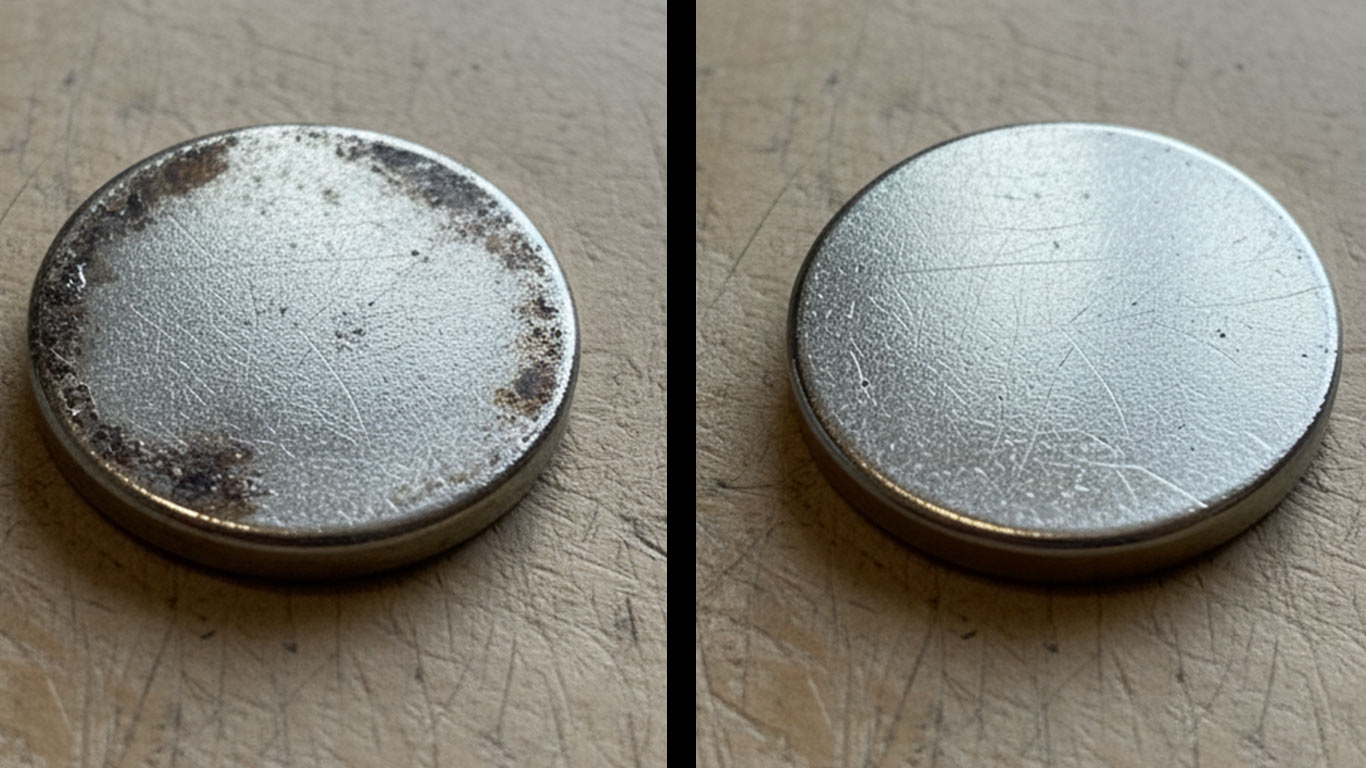
FDA
FDA 21 CFR 1040.10 - Laser Product Performance Standards



I've found that the main difficulty in processing Neodymium stems from its notable heat resistance, which hampers laser ablation rates and requires precise power tuning to prevent incomplete removal—yet this very toughness makes it invaluable for aerospace and renewable energy uses, enduring severe conditions with minimal degradation over time.
You can see the neodymium surface covered in dark, uneven spots under 1000x magnification. Grimy layers cling tightly, making the texture rough and irregular overall. Tiny contaminants scatter everywhere, blocking any clear view beneath.
After laser treatment, the surface appears smooth and uniformly bright at 1000x. Clean areas shine without those stubborn spots or roughness. Now, the material looks even and ready for use.

FDA 21 CFR 1040.10 - Laser Product Performance Standards

ANSI Z136.1 - Safe Use of Lasers

IEC 60825 - Safety of Laser Products

OSHA 29 CFR 1926.95 - Personal Protective Equipment
License: Creative Commons BY 4.0 • Free to use with attribution •Learn more